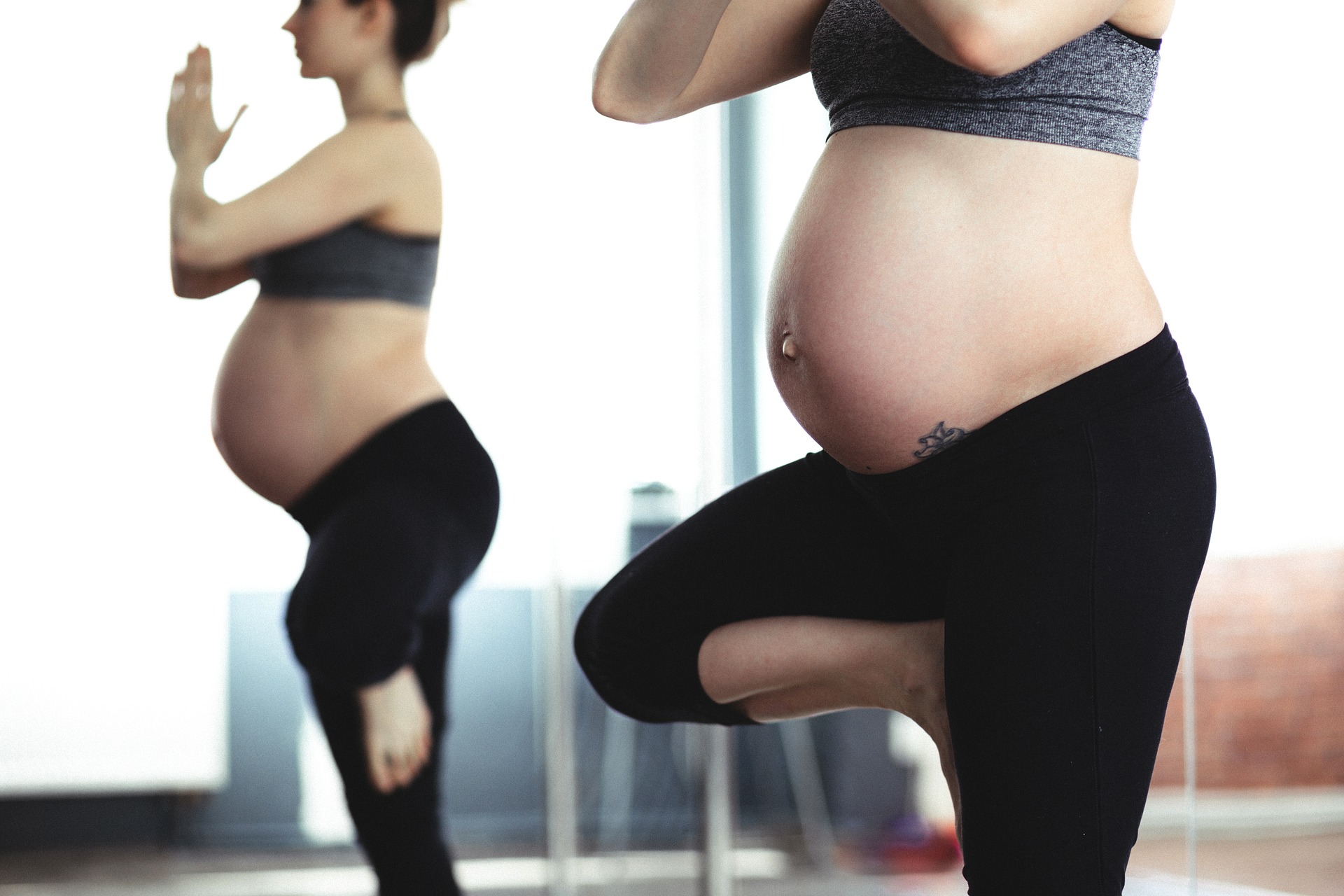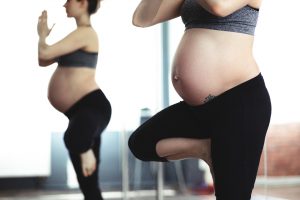




There are some situations where exercise or unguided exercise should be avoided.
If you have a preexisting condition, such as heart disease, diabetes or asthma, exercise may not be recommended by your doctor. Since each person and each pregnancy is different, even if you exercised before, talk to your physician first. Conditions like spotting, recurrent miscarriage, low placenta, a weak cervix or a history of premature births are also reasons to get the advice of a physician or medical expert.
Just walking may be your best form of exercise.
Taking time to add a half hour brisk walk or three ten minute brisk walks, can go a long way in making you feel better. Other low impact activities like riding a stationary bike, step machines or doing low impact aerobics or yoga (preferably one that’s specifically for a pregnant women and run by a certified instructor) are also beneficial. If you were jogging before pregnancy, doing it in moderation should be okay.
Exercises that involve contact or falling should be avoided, like skiing, basketball or volleyball.
It only makes sense to avoid activities that cause a jarring or shock to the body or abdominal trauma. Jumping, hopping, bouncing or any jarring movements should be avoided, too. Leg lifts, full sit-ups, deep knee bends and touching your toes while keeping your knees straight are also dangerous during pregnancy. Be careful of your form. Don’t hold your breath or bounce if you’re stretching. Movements where you twist at the waist or exert a burst of energy, followed by a rest should be avoided, too.
- Whether you’re pregnant or not, avoid working out in the heat. Error on the side of caution when you’re pregnant. You’re protecting not only your own health but that of your child.
- Training out with light weights can help. If you worked out with weights before you were pregnant, the potential is high that you can keep it up, just taking it a bit easier. Avoid lifting where you lay on your back.
- Make your aerobics safer by doing them in the water. There are normally special “Mother-to-Be” water aerobics classes in most towns and cities. These are low impact and the social experience is also great.
- Both the kneeling and standing pelvic tilt are great to help relieve back pain. For the standing pelvic tilt, lean with your back on a wall and feet three inches out. Tighten your bottom and stomach as you press your lower back so it touches the wall.
For more information, contact us today at Travel Trim
